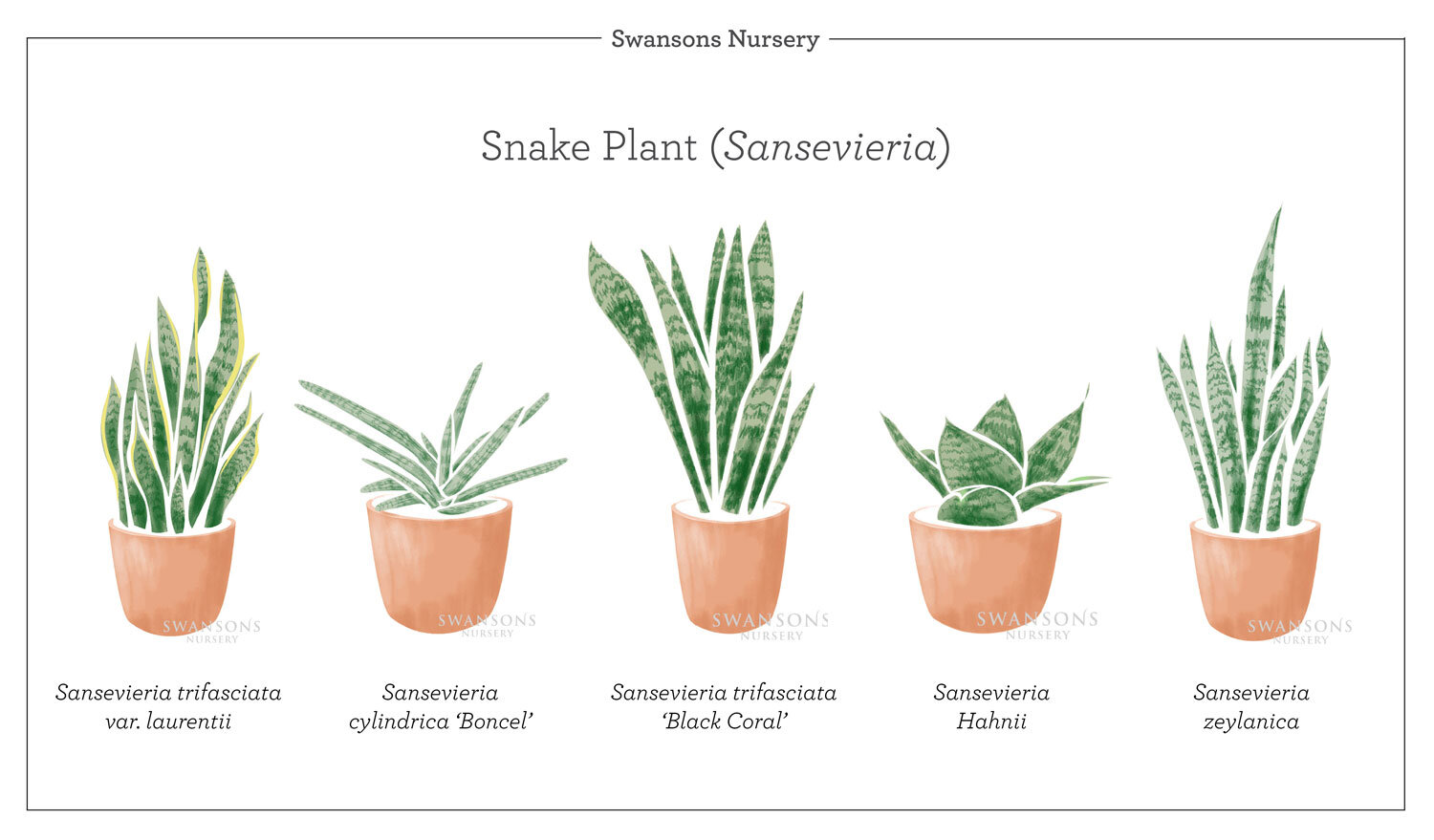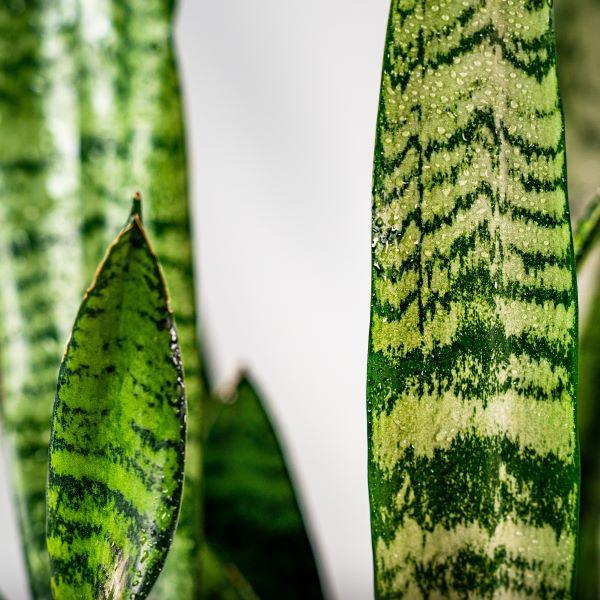The smart Trick of Snake Plant Leaves Turning Yellow That Nobody is Talking About
Not known Details About Snake Plant Leaves Turning Yellow
Table of ContentsHow Snake Plant Leaves Turning Yellow can Save You Time, Stress, and Money.The Definitive Guide to Snake Plant Leaves Turning YellowThe Only Guide for Snake Plant Leaves Turning YellowOur Snake Plant Leaves Turning Yellow StatementsThe 9-Second Trick For Snake Plant Leaves Turning YellowSnake Plant Leaves Turning Yellow Can Be Fun For Everyone
If you prepare to have a serpent plant in your home, below are a pair of things to remember: Way too much water is this plant's weakness. Place a serpent plant in a well-drained pot to stay clear of overwatering, as it can cause decaying. Just water the soil when it's entirely dry.If completely shaded, the plant can boring and the fallen leaves may end up being a little bit floppy. Serpent plants are not just easy to care for but very easy to multiply.
As soon as roots have actually started to develop (3 to 5 weeks), you can maintain in water or transfer to soil. Location a serpent plant in a well-drained pot to prevent overwatering, as it can create deteriorating. Be sure the pot has an opening to enable draining pipes. Serpent plants are confirmed to be as helpful as they are visually appealing.
Brush soil from the root framework or root. Utilize the knife to divide the plant right into sections, keeping the roots for each area undamaged. Replant areas into clean pots loaded with the potting dirt. Water and area in a partially warm area. Descendants or dogs are child plants arising from the soil.
What Does Snake Plant Leaves Turning Yellow Do?
Utilize a sterile reducing tool to eliminate a long, healthy and balanced fallen leave at its base (Snake Plant Leaves Turning Yellow). Submerge the cut end of the fallen leave in a tidy jar of water and established the container in a partly bright location. Or enable the cut end to callous over for 24 hours and afterwards pot it cut-end down
Night-blooming blossoms are aromatic and similar in appearance to lilies. Make sure to select a cultivar that blooms, because not all snake plant varieties will blossom. The Spruce/ Alonda Baird The Spruce/ Alonda Baird The Spruce/ Candace Madonna Snake plants grow ideal with eight to 10 hours of indirect sunlight or a couple of hours of early-morning direct sunshine.
During winter months, inspect the plant's dirt mix every two weeks or sothe plant may need to be watered just once a month. If you discover its fallen leaves are breakable and completely dry, water immediately. Throughout springtime and summer when the plant remains in active growth, watering every 2 weeks or two is typically adequate.
To regulate height, get rid of the tallest leaves at the dirt line with a sterilized cutting tool. Damaged leaves can be eliminated any time, however, winter months trimming can trigger tension. Repot your serpent plant every three to 5 years, or when you see roots expanding out of the openings in all-time low of the pot.
Snake Plant Leaves Turning Yellow Fundamentals Explained
The ideal time to repot is in spring. When repotting a snake plant, position it at the same level as it remained in the original pot. Serpent plants do not endure temperature levels less than 50F. If you are growing the plant outdoors, bring it inside your home and maintain it in a warm place where it's safeguarded from cool drafts.
Serpent plants are at risk to usual houseplant parasites such as ranges, gnats, crawler termites, aphids, mealybugs, and whiteflies. Many can be eliminated by hand or with a gentle spray of water. Treat infestations with neem oil. Serpent plants are among the simplest plants to preserve and can last for many years.
Having a serpent anchor plant has many benefits. Easy to care for and a terrific initial plant for beginning gardeners, Special shape adds height and interest to houseplant collections, Adapts to various light conditions and tolerates low-light settings, Plant is forgiving and virtually undestroyable, Portable growth behavior fits well in little areas, Dry spell resistant Frequently asked question Serpent plant gained its name due to the fact that of the means its long, thin leaves with unique stripes and various other markings resemble some types of snake.

Indicators on Snake Plant Leaves Turning Yellow You Need To Know
Snake plants are easy-care houseplants. This tutorial on repotting Serpent Plant kingdoms reveals you the actions to take, the mix to utilize, and when you must repot your serpent plant.
Their spiky, formed vegetation is so intriguing to me. And also, you can neglect them a lot of the moment, and they enjoy as can be! I in fact repotted 5 of my plants however you just see 2 of them right here. I call this project the "Snake Plant switcheroo" because I swapped out containers and areas they remained in.
That's why I include the delicious and cactus mix because it's chunky and well aerated (Snake Plant Leaves Turning Yellow). I also throw in a few handfuls of natural garden compost as I'm planting (I go much lighter on both this and the worm compost when repotting houseplants as contrasted to container plants in my garden) and a 1/2 layer topping of the worm compost
Both contain high-quality components. See to it whatever potting dirt you utilize says it developed for indoor plants on the bag. I utilize this do it yourself succulent & cactus mix (this has coco chips in it) for added water drainage. This is an alternative as well as this. I utilize Tank's local compost.
Snake Plant Leaves Turning Yellow - An Overview
Planet's a try this page if you can not discover anywhere you live. Both enhance the dirt normally. Worm compost is my favorite change, however I use it sparingly due to the fact that it's abundant. You can discover more regarding why I make use of worm garden compost right here. The leading 4 are what I used for my mix.

As an example, if your own is in a 6 expand pot, then an 8 pot would be the dimension you would certainly intend to utilize. Because Sansevierias like to spread out as they expand, I've located that they do not require a deep pot. A deep pot has more soil mass near the bottom which could remain as well wet which causes root rot.
You can see the thick roots they save water along with the roots & leaves. Gather your soil mix materials. (In some cases I mix them up ahead, and other times in the pot as I go along. Loosen up the plants from their pots. For one plant I made use of a plain blade and for the various other, I carefully continued the grow pot.
5 Easy Facts About Snake Plant Leaves Turning Yellow Explained
Once the plant runs out the why not check here pot, gauge just how much dirt mix you'll need to increase the top of the root sphere up to 1/2 to 1 listed below the top of the brand-new pot. Add the mix in. Area the plant in the pot and fill in around the sides with mix.